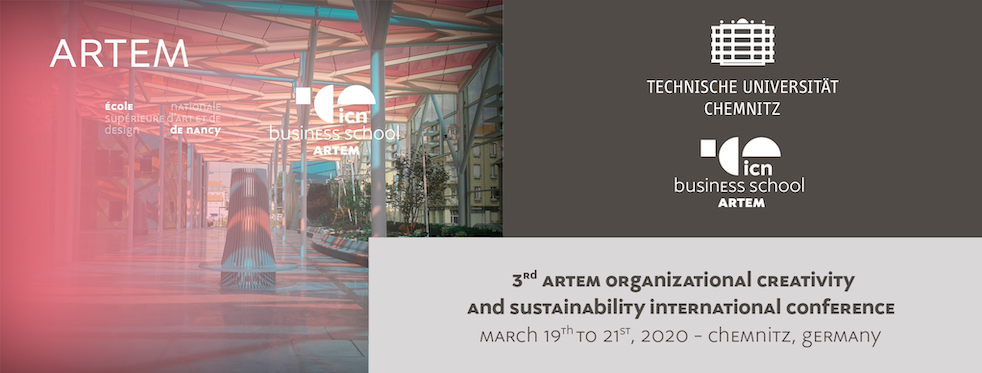
|
|
|
Local Info > Sight-SeeingThe City of ChemnitzHistoryChemnitz, former Karl-Marx-Stadt, is the third largest city in Saxony and is located in the southwest of the federal state. Chemnitz was first mentioned in 1143, but experienced great population growth through the industrial revolution in the 19th century and became an important industrial city in Germany. During the Second World War, 80% of the city centre was destroyed by air raids. When the German Democratic Republic (GDR) was founded in 1953, Chemnitz was renamed "Karl-Marx-Stadt". After the peaceful revolution in 1989 and the end of the GDR, the city was renamed back to Chemnitz. Today Chemnitz is characterized by a multitude of museums, numerous cultural activities and impressive buildings. Sight-Seeing„Roter Turm“ (Red Tower)The Red Tower is the landmark of the city of Chemnitz and its oldest preserved building. It was erected towards the end of the 12th century and initially served as a keep to protect the surrounding settlements, later it was the seat of the bailiff. Presumably the tower was already integrated into the Chemnitz city fortifications around 1230. The name of the tower is attributed to the dominant red colour of the building material used. For further information, please check: http://www.historisches-chemnitz.de/altchemnitz/mauerntuerme/roterturm/roterturm.html Altes & Neues Rathaus (Old and new Town hall)The New Town Hall in Chemnitz was built between 1907 and 1911 according to the plans of Richard Möbius. Together with the Old Town Hall, the monumental building forms a striking building complex, also known as the Chemnitz Double Town Hall. For further information, please check: https://www.chemnitz.de/chemnitz/de/rathaus/das-chemnitzer-rathaus/index.html Karl-Marx-MonumentThe Karl Marx Monument is a 7.1 m high sculpture (with a plinth over 13 m) weighing about forty tons, which represents the head of Karl Marx in a stylised form. It was designed by the Soviet artist Lew Kerbel and inaugurated in 1971. It is the most famous landmark of the city of Chemnitz and the second largest portrait bust in the world. For further information, please check: http://www.stadtbibliothek-chemnitz.de/skulpturen/pmwiki.php?n=Main.Karl-Marx-Monument Schlossteich & Schlosskirche (Castle's pond and church)The Chemnitz Castle Church is located in the Chemnitz district Schlosschemnitz on the Schlossberg and is considered the most valuable building of the city. From the church you have a beautiful view of the pond. For further information, please check: http://www.historisches-chemnitz.de/altchemnitz/kirchen/schlosskirche/schlosskirche.html Staatliches Museum für Archäologie Chemnitz SMAC (State Museum of Archaeology)The smac is Saxony's only museum in which 300,000 years of human history can be experienced. At the same time, it is the showcase of the Saxony State Archaeological Office with its Saxony Archaeological Archive.The smac is Saxony's only museum in which 300,000 years of human history can be experienced. At the same time, it is the showcase of the Saxony State Archaeological Office with its Saxony Archaeological Archive. For further information, please check: https://www.smac.sachsen.de/#1 Theaterplatz & Kunstsammlungen (Theatre and Art Collections)The Theaterplatz in Chemnitz is located on the Straße der Nationen near the main train station. It is surrounded by the König-Albert-Museum, the Opera House and the St. Petrikirche. It received its name when the opera house was still called the "Neues Stadttheater". The "Kunstsammlungen Chemnitz - Museum am Theaterplatz" was built in 1909 under Richard Möbius. The expressionist Karl Schmidt-Rottluff took part in the first exhibition in the new museum building with about 500 works of art, whose works today form the core of the museum. The museum houses 70,000 objects from the 16th to 21st centuries in various departments. For further information, please check: http://www.kunstsammlungen-chemnitz.de/ Around Chemnitz: The ErzgebirgeThe Erzgebirge is a low mountain range in Saxony and Bohemia. The German-Czech border runs just north of the ridge line. Since the first wave of settlement in the Middle Ages, the nature of the Erzgebirge has been intensively shaped by human intervention and has created a diverse cultural landscape. In particular, mining with heaps, dams, ditches and pingen shaped the landscape and habitats of plants and animals in many places. The Erzgebirge is a popular hiking area and in the higher altitudes there are winter sports areas. Since 2019, the Erzgebirge is world heritage. For further information, please check: https://www.montanregion-erzgebirge.de/ others:
Questions or problems? Email the conference orga team, at artemocc2020@sciencesconf.org |

